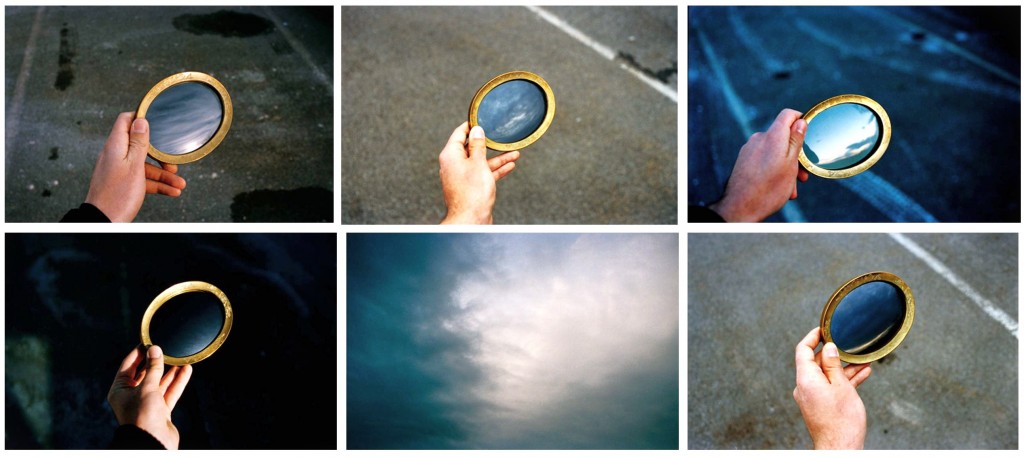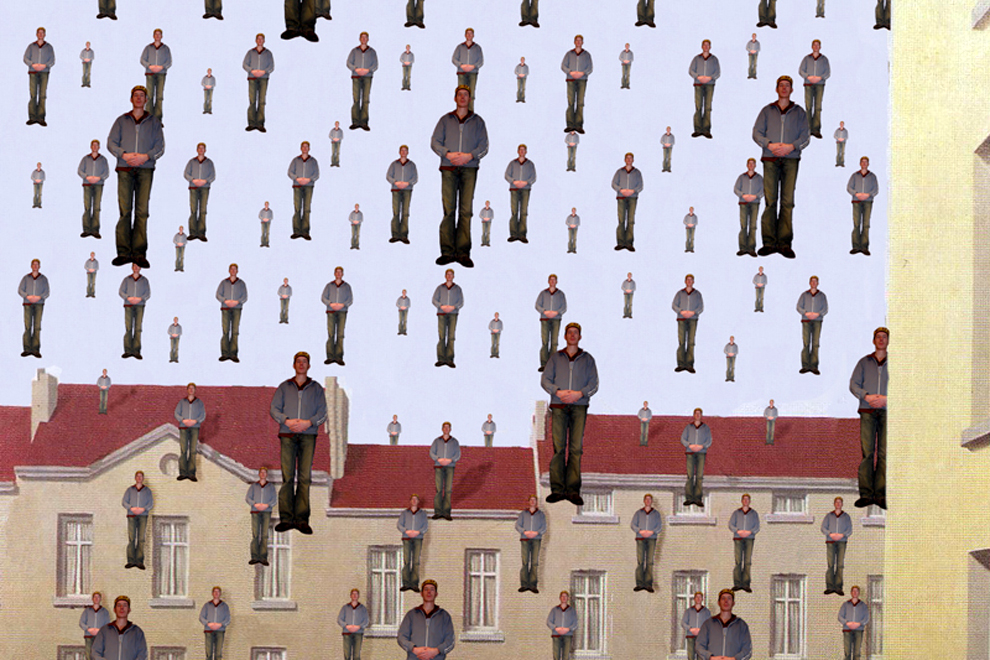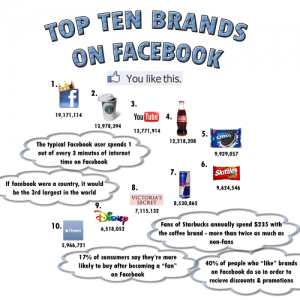 I have been thinking through ideas on this blog for my dissertation project about how we document ourselves on social media. I recently posted some thoughts on rethinking privacy and publicity and I posted an earlier long essay on the rise of faux-vintage Hipstamatic and Instagram photos. There, I discussed the “camera eye” as a metaphor for how we are being trained to view our present as always its potential documentation in the form of a tweet, photo, status update, etc. (what I call “documentary vision”). The photographer knows well that after taking many pictures one’s eye becomes like the viewfinder: always viewing the world through the logic of the camera mechanism via framing, lighting, depth of field, focus, movement and so on. Even without the camera in hand the world becomes transformed into the status of the potential-photograph. And with social media we have become like the photographer: our brains always looking for moments where the ephemeral blur of lived experience might best be translated into its documented form.
I have been thinking through ideas on this blog for my dissertation project about how we document ourselves on social media. I recently posted some thoughts on rethinking privacy and publicity and I posted an earlier long essay on the rise of faux-vintage Hipstamatic and Instagram photos. There, I discussed the “camera eye” as a metaphor for how we are being trained to view our present as always its potential documentation in the form of a tweet, photo, status update, etc. (what I call “documentary vision”). The photographer knows well that after taking many pictures one’s eye becomes like the viewfinder: always viewing the world through the logic of the camera mechanism via framing, lighting, depth of field, focus, movement and so on. Even without the camera in hand the world becomes transformed into the status of the potential-photograph. And with social media we have become like the photographer: our brains always looking for moments where the ephemeral blur of lived experience might best be translated into its documented form.
I would like to expand on this point by going back a little further in the history of documentation technologies to the 17th century Claude glass (pictured above) to provide insight into how we position ourselves to the world around us in the age of social media. more...


